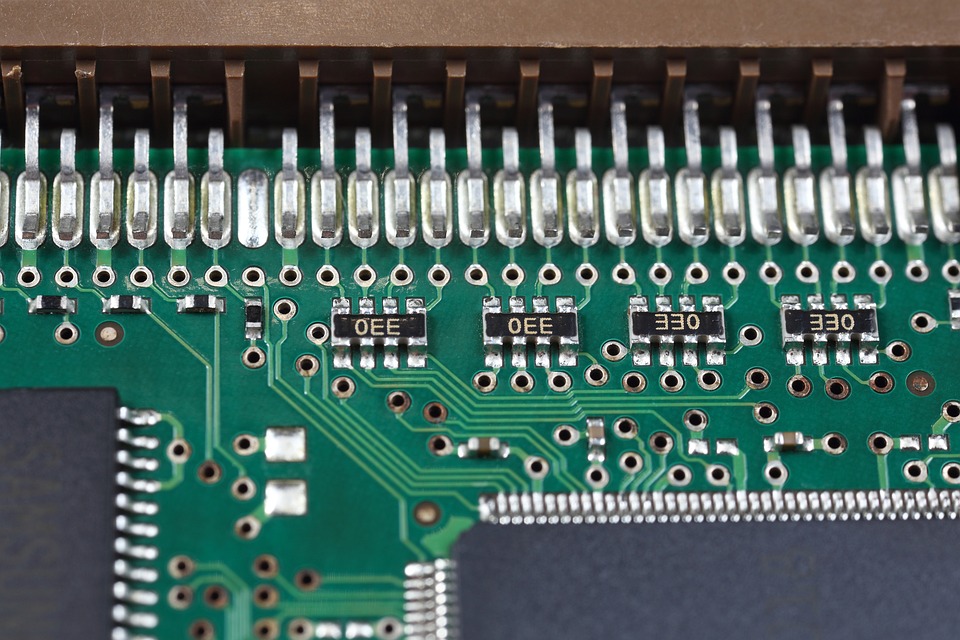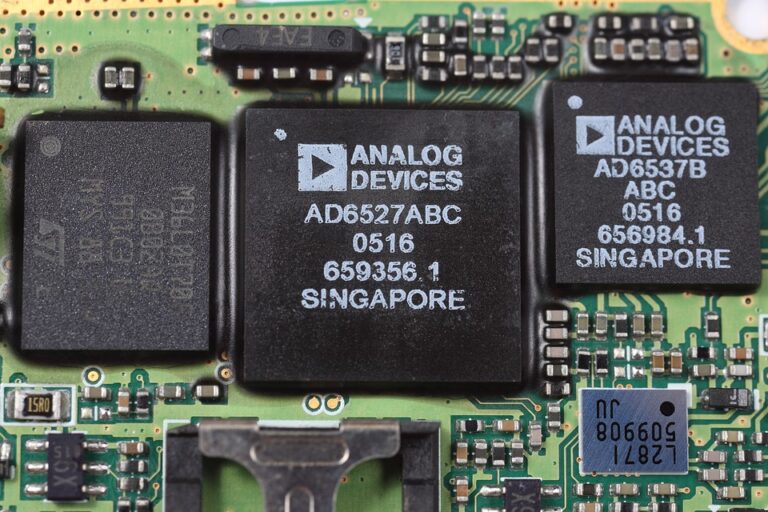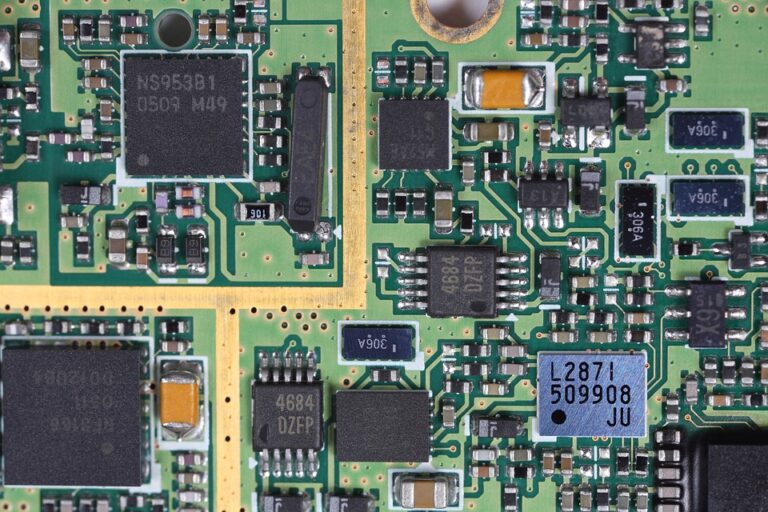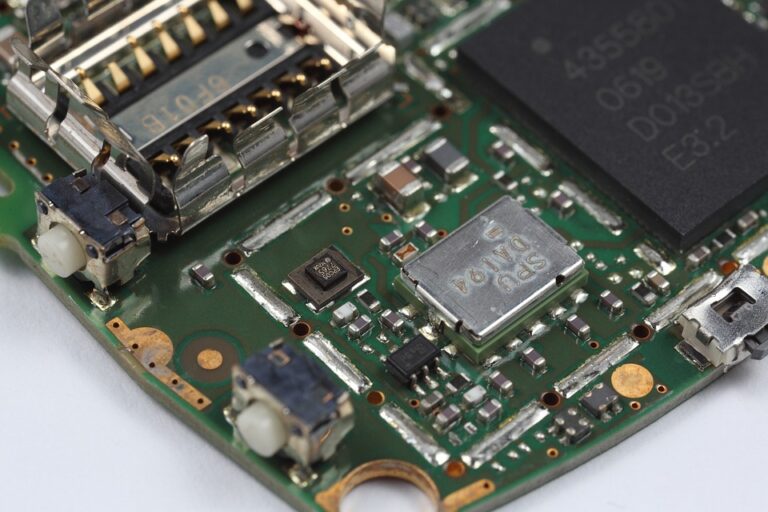
The Future of PCBs: Emerging Technologies and Trends in Printed Circuit Board Design
As technology continues to evolve, the field of printed circuit boards (PCBs) is also witnessing significant changes and advancements. Today, PCBs play a crucial role in a wide range of industries, from consumer electronics to industrial automation. However, the increasing complexity of modern designs, the rise of the Internet of Things (IoT), and the increasing demand for miniaturization and customized solutions have led to a pressing need for innovative and effective PCB design solutions.
Advancements in PCB Materials and Technologies
One of the key areas of research and development in the field of PCBs is the discovery of new materials and technologies that can improve their performance, durability, and environmental sustainability. Some of the emerging trends in this area include:
- Advanced Materials: New materials such as graphene, carbon nanotubes, and high-temperature superconductors are being researched for their applications in PCBs, offering improved thermal conductivity, higher frequency capabilities, and reduced power consumption.
- Flexible PCBs: Flexible PCBs, also known as flex circuits, are gaining popularity due to their ability to provide flexible and conformable designs, making them ideal for applications such as wearables, smart clothing, and medical devices.
- 3D Printing: Additive manufacturing techniques are being used to create complex geometries and custom PCB designs, offering improved thermal performance, reduced material consumption, and reduced lead times.
The Rise of IoT and Connected Devices
The proliferation of IoT devices has created a significant demand for PCBs that can integrate multiple functions, communicate effectively, and withstand harsh environmental conditions. Key trends in this area include:
- IoT PCBs: PCBs designed specifically for IoT applications, such as those used in smart home devices, wearables, and industrial sensors, require advanced features like low power consumption, secure communication, and robust connectivity.
- Module-based Design: Modular design is becoming increasingly popular, enabling the creation of custom modules that can be easily integrated into various devices, reducing time-to-market and increasing design flexibility.
- Edge Computing: As IoT devices generate vast amounts of data, the need for edge computing and intelligent processing at the edge is growing, driving the demand for advanced PCBs that can handle the increased processing requirements.
The complexity of modern PCBs necessitates advanced scripting and verification tools to ensure effective design, rapid prototyping, and testing. Key trends in this area include:
Conclusion
In conclusion, the future of PCBs is marked by significant advancements in materials, technologies, and design processes. As the Internet of Things continues to revolutionize industries, the demand for innovative and effective PCB design solutions will only continue to grow. By embracing these emerging trends and technologies, PCB designers, manufacturers, and users can create smarter, more connected, and more sustainable devices and systems that shape the world we live in.
FAQs
- Q: What is the future of PCBs looking like?
A: The future of PCBs is marked by advancements in materials, technologies, and design processes, which will enable improved performance, reduced size, and increased sustainability. - Q: How will the IoT impact PCB design?
A: The IoT is driving the need for advanced PCBs that can integrate multiple functions, communicate effectively, and withstand harsh environmental conditions, leading to increased demand for advanced PCB design solutions. - Q: What are some of the emerging trends in PCB materials and technologies?
A: Some of the emerging trends include advanced materials, flexible PCBs, 3D printing, and module-based design, enabling the creation of custom PCBs with improved performance, functionality, and reduced environmental impact.




